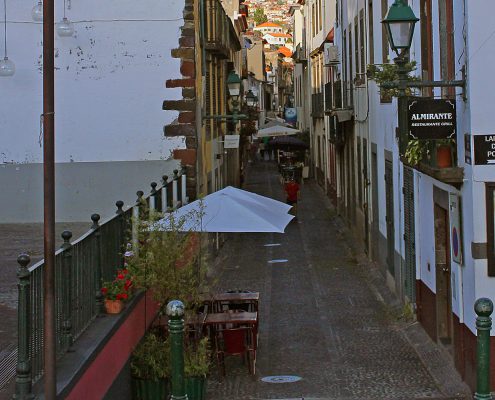Rua de Santa Maria
Rua de Santa Maria is one of the city’s primitive streets and is located in the parish of Santa Maria Maior, which was the first to be created on the island.
It stretches from the João Gomes stream, in Brigadeiro Oudinot Street, to the Largo and Church of Socorro, and takes a few minutes to walk along its 600 metres of cobbled streets. Soon after the beginning of the settlement a small church was built there, called Santa Maria do Calhau, around which there was a meeting place. This ended at the beach area to which the street was parallel since in this part of the city the terrain was flat making it easy to open the artery.
Today, Rua Santa Maria is a mixture from the point of view of occupation. It has a residential component, which was once more accentuated, as families have lived there for many generations. It also offers a commercial area in almost all its length, especially restaurants and esplanades, in a street that offers menus for all tastes, from traditional to international cuisine, countless bars serving traditional Poncha and local fruit flavours, open until late at night and some fado houses.
It is in this street that is located the famous bakery Mariazinha and a residential with the same name, the Santa Maria Hostel, a unit that took advantage of the facilities of the former male and female primary schools that existed there. It was a building divided into two areas, destined for the education of children, not allowing them to live together, not even in the playgrounds, today used for the esplanade of the restaurant that exists there.
As a result of the recuperation project of this street, many well-known and anonymous artists have been transforming old doors into works of art, making tourists and even locals fall in love during a walk to appreciate the works in two or three dimensions.
It is also in one of the sections of the street that one of the steps of the Via Sacra will appear before your eyes.
The Rua de Santa Maria is crossed by a number of alleys, that although narrow, allow cars to drive by.
On May 1st São Tiago Menor day, patron of Funchal, a procession crosses the street. The official entities of Funchal and a vast number of believers





